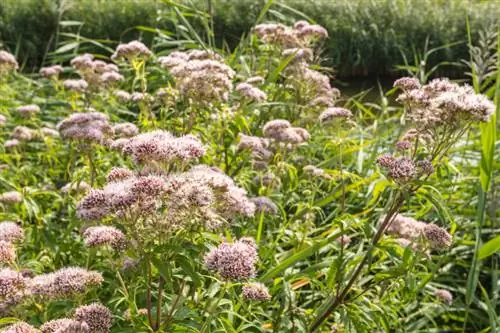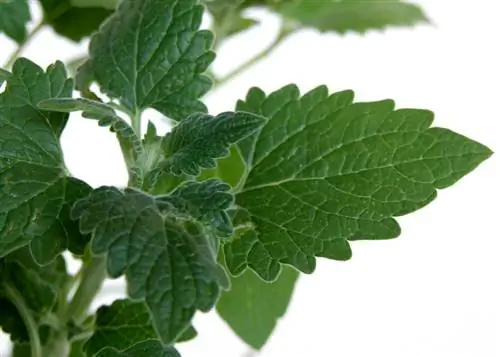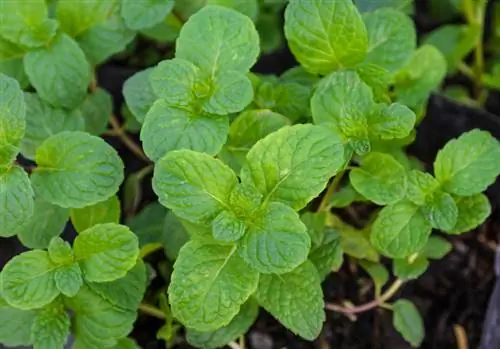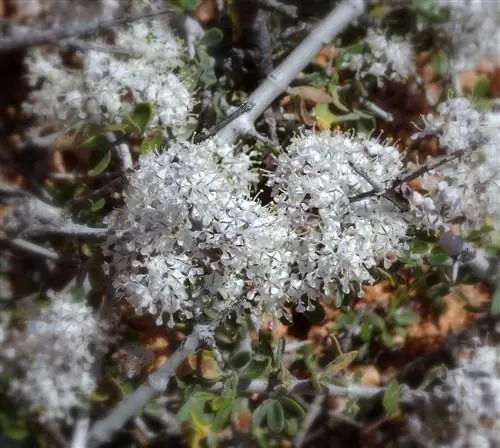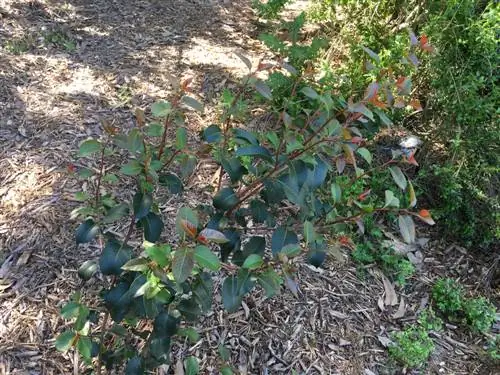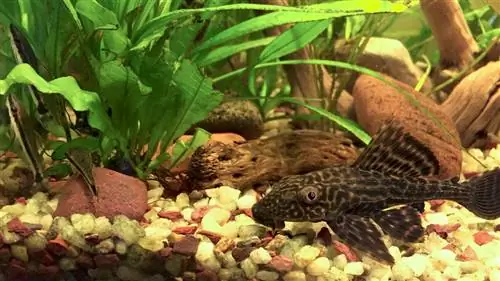- Author admin [email protected].
- Public 2023-12-16 16:46.
- Last modified 2025-01-23 11:20.
The flowers of the waterweed (Eupatorium cannabinum) attract numerous butterflies and other insects to the garden for many weeks in summer, making the plant a popular garden perennial. Although the Latin name and the shape of the leaves would indicate this, water hemp, which is often referred to as water hemp, has no botanical relationship to the cannabis herb.
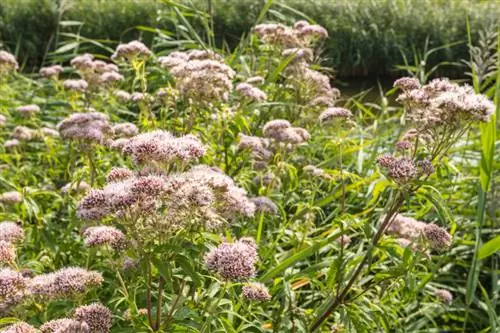
How do I care for the water dost in the garden?
The care of the water dost includes occasional watering when the location is dry, pruning in autumn for stronger growth, pest protection using biological means such as nettle decoction and, if necessary, fertilization in early summer. Wasserdost is hardy and does not require any additional winter protection.
Does the water fountain need to be watered frequently?
In nature, the water dost looks for its own optimal location and usually thrives particularly well on shady forest edges, river banks and pond edges. If you only have relatively dry terrain in your garden, you should water the water dost extensively during longer dry periods. You should also line the planting hole with garden soil that is as loamy as possible before planting in a location, as this can store rainwater for longer.
When and how is water dost optimally cut?
If you cut back the above-ground parts of the water dost vigorously in the fall, it will usually grow back even more vigorously in the spring. In general, the so-called waterhemp grows relatively strongly in height and spread in a suitable location, even without special care. If the population gets too out of hand, you can easily cut off the shoots growing in the edge area near the ground in spring and summer. Wear gloves every time you cut to avoid skin irritation from the sometimes toxic water.
Is water dost susceptible to diseases or pests?
Basically, the waterwort is not very susceptible to diseases, but you should cut out leaves affected by powdery mildew generously and destroy them. An infestation of aphids can usually be easily combated with an organically produced nettle broth. For this you need:
- freshly cut nettles
- some rainwater
- a vessel (bucket or pot)
- if available: a sprayer
The nettles are simply placed in the rainwater for one or two days and then sprayed evenly on the shoots of the plants. In most cases, plant deficiency symptoms are due to unsuitable location factors such as a lack of moisture.
Should the water in the garden be fertilized?
Fertilization for water is not absolutely necessary if the garden soil is averagely nutrient-rich. However, if you want to fertilize with a diluted perennial fertilizer, early summer is the best time to do so. Water grown in a pot should be fertilized annually with a manageable amount of perennial fertilizer.
How is the water dost optimally overwintered?
The water hemp or water hemp is absolutely winter-hardy in all locations in Central Europe because it overwinters in the ground as a perennial. You should only protect specimens planted in pots from extreme cold.
Tips & Tricks
In exposed locations, it can make sense to tie particularly tall waterweed together with a piece of jute rope and to give it better support against the wind with a wooden stake in the ground.

